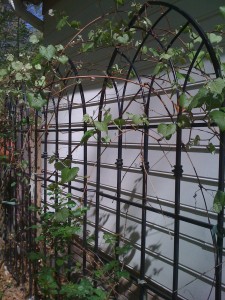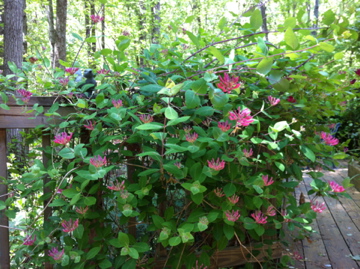Everyone has his/her own special techniques to make their gardens grow. I encourage you to share your gardening basics, techniques and secrets with others via this site.
The beginning gardener will first want to know what plant hardiness zone you are living in so that your plants will thrive. The USDA has published a plant hardiness zone map of the United States. I live in Zone 7a in Virginia.
Find your area and see what zone you are in:
Many plants are identified by their “zone hardiness” which should indicate how well a plant will grow in a certain zone due to the temperature range. Outdoor tropical plants that are hardy in Florida may not be hardy outside year-round in New York due to the north’s cooler winters. For your plants’ success and your own delight in the garden, please be sure that your plants are matched appropriately to your garden’s hardiness zone. Plants that are suited for warmer climates do well usually in the warmer seasons. I tend to bring in my Zone 9 – 11 plants into the house for overwintering.
You can create a “microclimate” where your plants can grow in a location that is maybe a zone warmer than your normal hardiness zone. Build a microclimate via a solid fence, a brick or stone wall, or other protective barrier such as a wall of your home.


What do we mean by “Gardening Styles?” There are a number of ways to “garden.” We’ve defined our favorites in the list below. Feel free to define your own style which is why gardening is a delight!
Flower Gardening which we can break into bulbs, annuals and perennials. Flowers bring beneficial insects such as butterflies, bees, ants, and other creatures to the garden.
Vegetable, Fruit, and Herb Gardening are really separate gardening styles yet they tend to go hand-in-hand as vital for the home cook in the “kitchen garden.” So they are included together for our purposes.
Water Gardening can include the addition of fish, frogs, and other water-based life.
